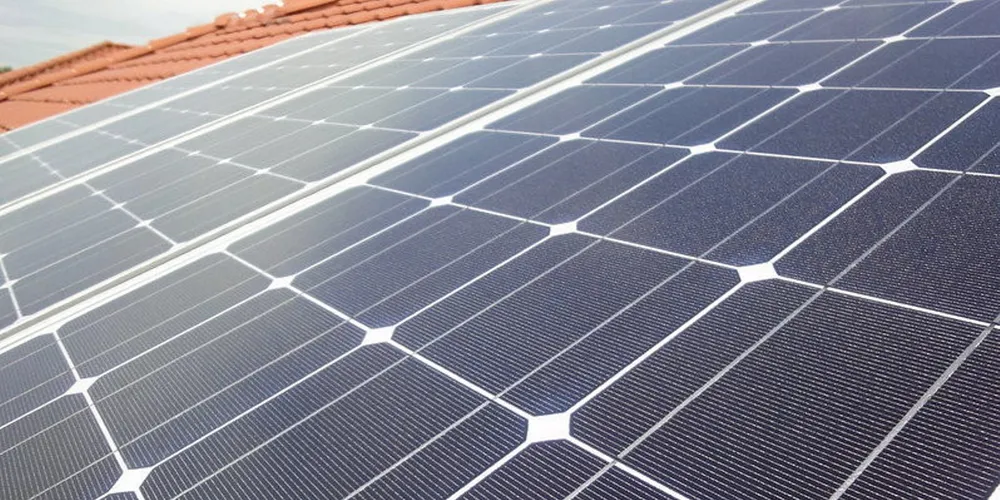Solar supercharges market-changing 2021 clean energy jobs growth in US: DOE report
Sector eclipses positive energy and wider industrial employment trends, while overcoming multiple challenges including Covid and supply chain crisis, to post 5.4% jump
